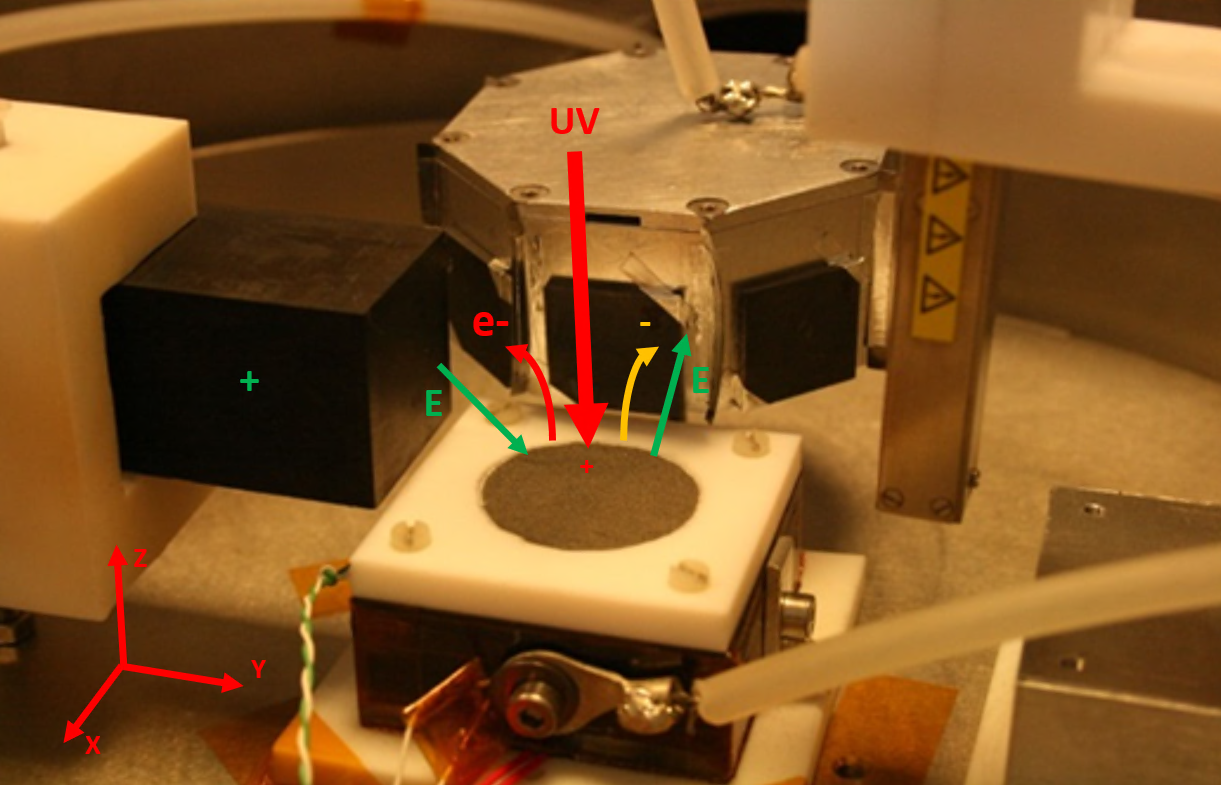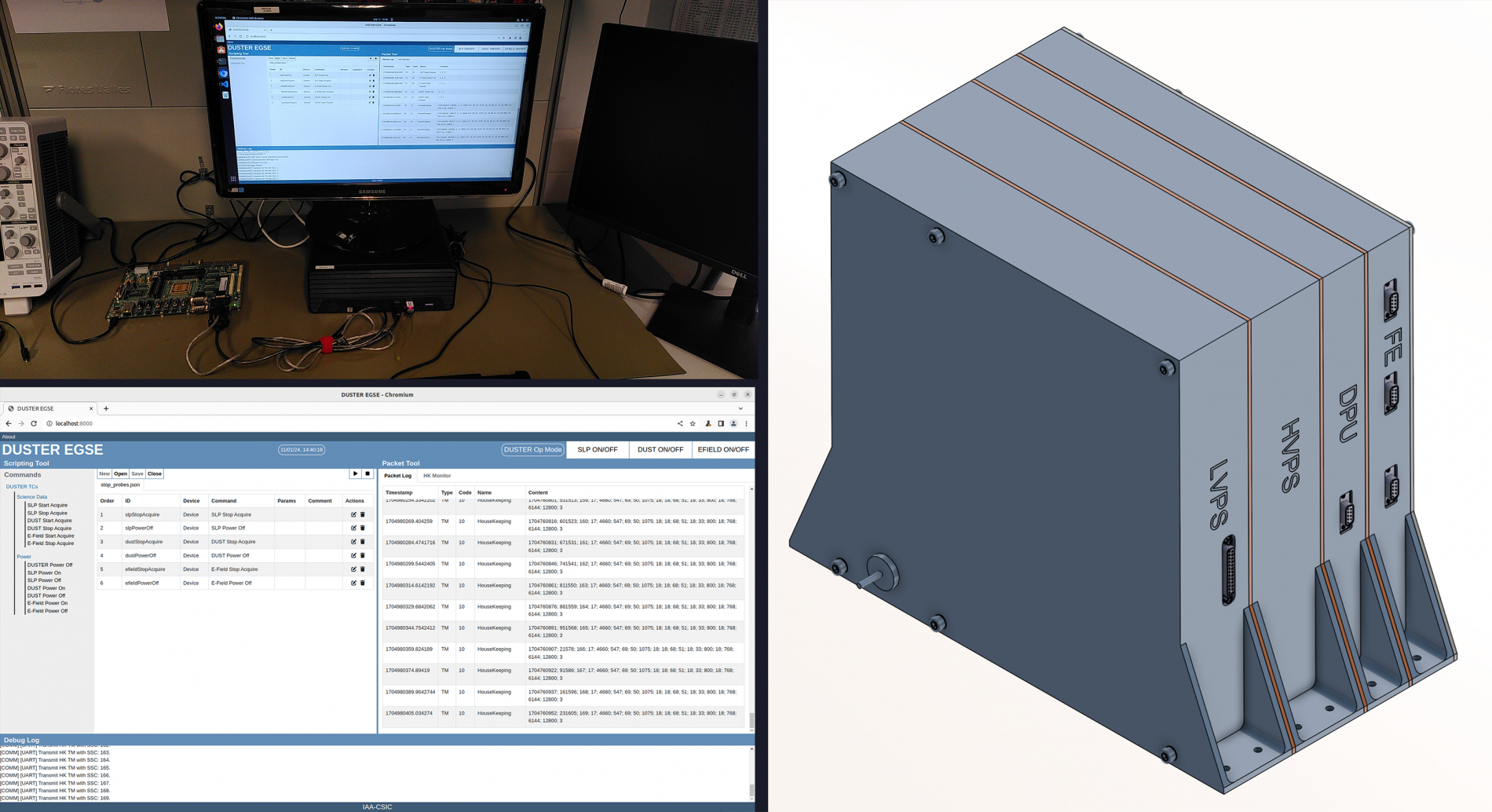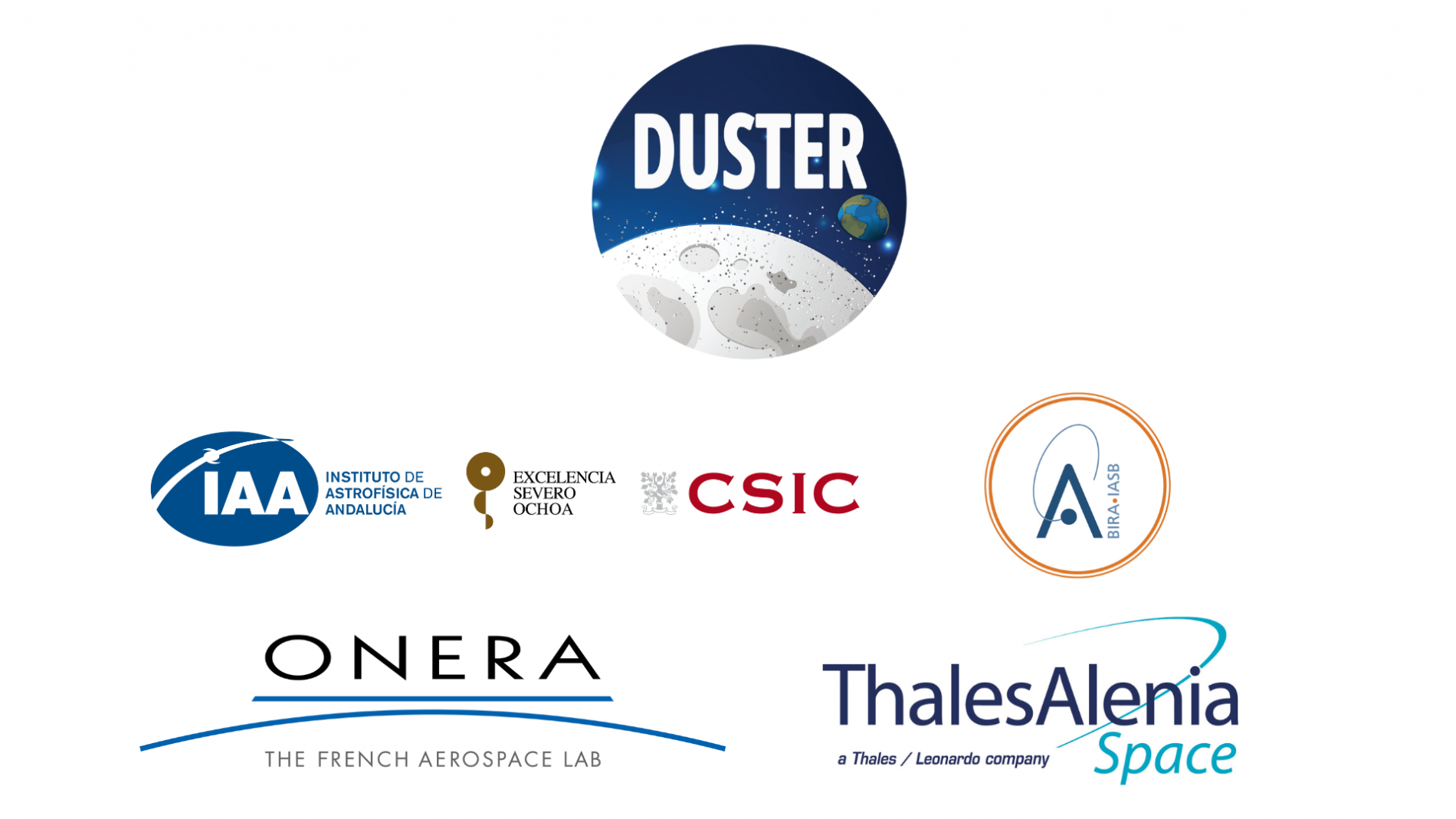Project DUSTER: a study of lunar dust in preparation for future exploration missions
As space agencies prepare to return to the Moon, scientific and engineering teams face the challenge of mitigating a major environmental risk: dust
The Institute of Astrophysics of Andalusia (IAA-CSIC) participates in the DUSTER project, which will study charged dust particles, which pose a serious risk to the health of human explorers and space instruments
International scientific and commercial interest in exploration missions to Solar System bodies such as the Moon, asteroids and comets has grown considerably over the past two decades and will continue to do so in the future. One of the main environmental constraints during exploration missions is the presence of charged dust particles, and an international scientific and engineering team has taken up the challenge of studying them through the European Union's HORIZON-funded DUSTER project. The team is meeting this week at the Institute of Astrophysics of Andalusia (IAA-CSIC) to present the progress of the project to external experts and reviewers from the funding committee.
“The effects of lunar dust on extravehicular activity systems can take many forms", says Olga Muñoz, a researcher at the Institute of Astrophysics of Andalusia (IAA-CSIC) involved in the project. “Dust can, for example, obscure the external view, cause false readings, clogging and loss of traction of instruments, abrasion, thermal control problems and seal failures. One of the most serious effects is the compromise of astronauts' health through irritation and inhalation of lunar dust, especially if longer exposure times become the norm during future manned exploration missions”.
It is therefore essential to characterise the properties of dust particles present at exploration sites and their transport mechanisms in order to implement effective mitigation techniques. The DUSTER project (Dust Study, Transport, and Electrostatic Removal for Exploration Missions) will investigate in detail the charge and cohesion of the dust grain in the regolith.
"The objective of DUSTER is to develop instrumentation and technologies for in situ analysis of the electrical charge and transport of these dust particles. The project includes the development of a ground test facility to validate the instrument under representative conditions”, says Julio Rodríguez, IAA-CSIC researcher who coordinates the centre's participation in the project. The experimental data will be used to update and improve existing dust loading and transport models.
The DUSTER team is made up of scientists and engineers from three research institutions (BIRA-IASB, ONERA and IAA-CSIC) and TAS-E Industry. The BIRA-IASB team coordinates the project and the French team, from ONERA, develops the algorithms necessary for the study of dust in its vacuum chamber for sample analysis.

Arrows to show the chamber where dust particles are tested and electric fields are applied. Credit: ONERA
PARTICIPATION OF THE INSTITUTE OF ASTROPHYSICS OF ANDALUSIA
The IAA-CSIC, for its part, is responsible for the design of the electronics box which will house the processing and control boards of the instrument (developed by the IAA-CSIC), the electronics for adaptation to the three probes (developed by BIRA-IASB) and the power supplies: high, medium and low voltage (TAS-E). This box and electronic boards have to be protected from external electromagnetic interference or from other electronic devices and not generate noise to other systems.
The IAA-CSIC will design the hardware, firmware and software of the instrument's control and processing card. It will also develop a simulator for communication between the spacecraft or lander and the DUSTER instrument, sending telecommands and receiving telemetries. The Institute of Astrophysics of Andalusia (IAA-CSIC) is responsible for the integration of the electronics with the BIRA-IASB and TAS-E boards and will accompany the latter in electromagnetic compatibility and electromagnetic interference tests. Finally, a functional verification of the software and hardware will be carried out to ensure compliance with the project requirements.

EGSE and 3D of the electronic box, which are designed at the IAA.Credit: IAA-CSIC
DUSTER has received funding from the European Union's HORIZON Research and Innovation programme under grant agreement no. 101082466 for a duration of two years.

CONTACT
Julio Rodríguez Gómez, julio@iaa.es
Instituto de Astrofísica de Andalucía (IAA-CSIC)
Unidad de Divulgación y Comunicación
Silbia López de Lacalle - sll@iaa.es
Emilio García - garcia@iaa.es - 640407445

